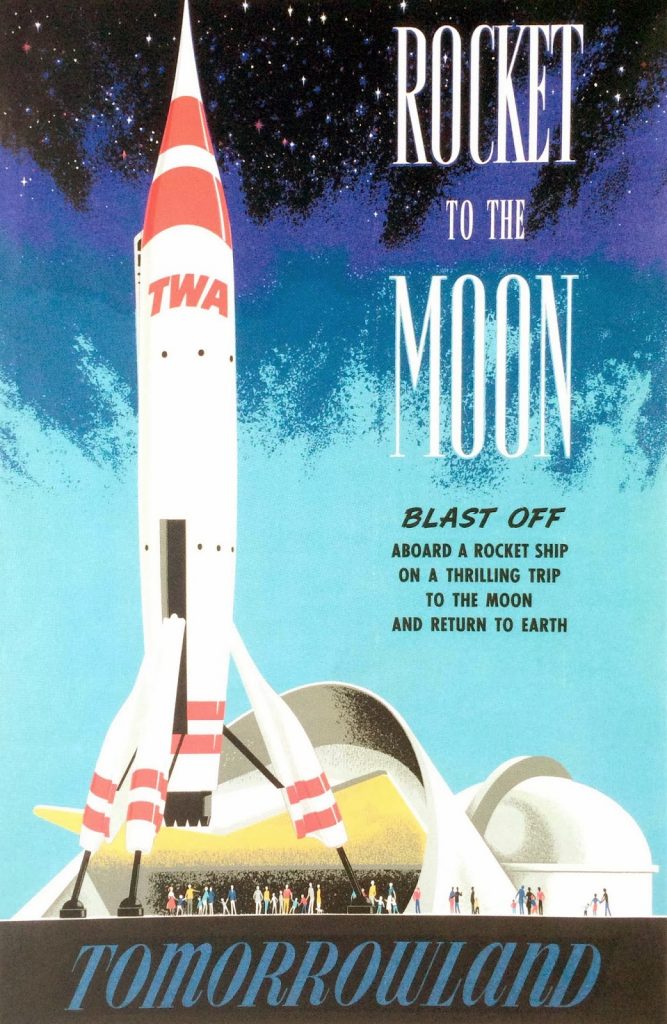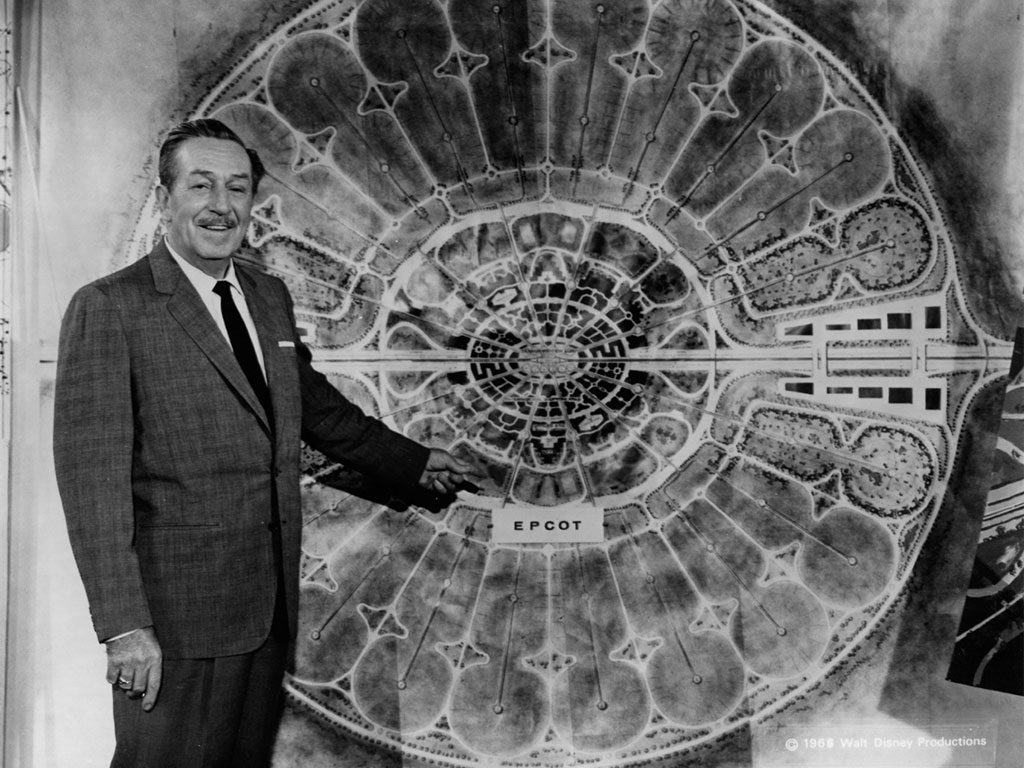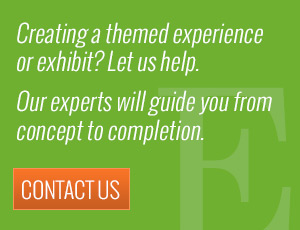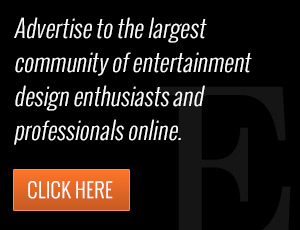There’s a Great, Big, Beautiful Tomorrow – Perhaps
Posted by Sasha Bailyn on Tuesday, August 25th, 2015
As Walt famously sang alongside the Sherman brothers in 1964, “There’s a great, big, beautiful tomorrow, shining at the end of every day.” This was the theme song for the Carousel of Progress, which debuted at the 1964 New York World’s Fair, but may as well have been Walt’s personal theme song. Walt believed in the promise of the future, in the excitement of innovation – a sentiment that can still be found in today’s pop culture. We can all admire the optimism in the worlds of The Day After Tomorrow, The Walking Dead, Elysium…
Wait, something’s not right with this picture.
Judging by today’s popular fiction, it seems our future is rife with zombies, civilization-crushing pandemics, robot takeovers of society, and disappearing resources. As Brad Bird, director of the recent Disney film Tomorrowland lamented, “Today, it’s just accepted that the future will be bad.”

In his recent talk at the Walt Disney Family Museum, “Behind-the-Scenes of Walt’s Vision for Today, ” Brad explored Walt’s penchant for science fiction and futurism, highlighting the pioneering moments of his career. Walt made the world fall in love with animated stories before animation was taken seriously, reinvented the amusement park into an immersive, imagination-stoking experience, and introduced technology that was years ahead of its time (the Multiplane camera, Fantasound, and audio-animatronics, to name a few). He believed in progress perhaps more than any other figure of his time.

How would Walt feel about entertainment design today? For one, he’d get a kick out of virtual reality and its potential. He would appreciate recent themed environments that blend technology and thorough scenic design (such as Wizarding World of Harry Potter), and be fascinated with the integration of wearable / digital technology and physical environments. He’d also love that museums are embracing a more interactive approach to exhibitry, focusing on narrative and the guest experience.
One thing Walt might not be so thrilled about is the way themed entertainment handles intellectual property. These days, it’s easy to find big movie brands stamped onto every last square inch of merchandising and stretched out across as many sequels as possible. This is true for Disney, but at least its attractions still maintain a high level of authenticity and immersion. In some midway parks and mixed-use developments, “brand stamp” mentality trickles down into visitor experiences, which rely mostly on familiar characters to amuse the masses rather than quality storytelling and design. Walt’s problem with this would be that brand stamping builds a somewhat shallow sense of nostalgia for today’s young visitors. Walt’s love for nostalgia, evident in his collections of miniature furniture and train sets, would be at odds with today’s blurred lines between marketing and entertainment.
What would perhaps be most disappointing to Walt is something more fundamental to the entertainment design industry as a whole: most projects reflect a never-ending arms race to “wow” the audience. Walt may have been the father of the modern theme park, but Brad’s talk emphasized that themed entertainment wasn’t the ultimate expression of his goals. In his final days, he was veering in a new direction with his last dream project: “Walt died imagining EPCOT on the hospital ceiling,” Brad describes. Walt wanted EPCOT to live up to its namesake, becoming a truly experimental prototype community that solved the problems of cities and was “always in a state of becoming.” EPCOT was going to be a place where people could work, live, and play, unlike any city in the world.

Walt and his Experimental Prototype Community of Tomorrow
With EPCOT, it was clearer than ever that Walt was more fixated on improving people’s day-to-day lives than on wowing audiences with new forms of showmanship. Themed entertainment may not seem like a conduit for the betterment of humanity, and admittedly, it rarely has the luxury of self-reflection or thoughtfulness. After all, the whole point of themed entertainment is to sell enough tickets to keep making new, amazing attractions (or at the very least, keep the doors open). But eventually, technology may outpace our ability to keep a strong, long-lasting hold on audiences.
Amidst our all-encompassing tech gadgets, it’s easy to for us to feel paranoid about our place in the future. Our great, big, beautiful tomorrow is about how we can better connect progress with the human experience — not what’s flashier, cooler, but what’s genuinely better for us as a society.
A more beautiful tomorrow for entertainment design is one that builds on Walt’s vision and finds more longevity and depth to the experiences we create. As designers, we have the power to infuse our work with more human-centered agendas by asking the right questions in our process: not just “how do we wow people?” but also “how do we make people’s lives better, one visit at a time?”
images courtesy of fanduel.com, disneyhipsters.com, designingdisney.com



 Sign Up For Our Newsletter
Sign Up For Our Newsletter 



